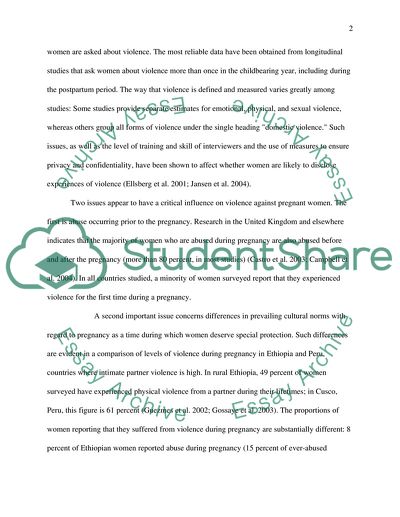Cite this document
(“How Can Health Care Professionals Effectively Deal Sociologically With Essay”, n.d.)
How Can Health Care Professionals Effectively Deal Sociologically With Essay. Retrieved from https://studentshare.org/social-science/1535226-how-can-health-care-professionals-effectively-deal-sociologically-with-issues-of-domestic-violence-in-pregnancy
How Can Health Care Professionals Effectively Deal Sociologically With Essay. Retrieved from https://studentshare.org/social-science/1535226-how-can-health-care-professionals-effectively-deal-sociologically-with-issues-of-domestic-violence-in-pregnancy
(How Can Health Care Professionals Effectively Deal Sociologically With Essay)
How Can Health Care Professionals Effectively Deal Sociologically With Essay. https://studentshare.org/social-science/1535226-how-can-health-care-professionals-effectively-deal-sociologically-with-issues-of-domestic-violence-in-pregnancy.
How Can Health Care Professionals Effectively Deal Sociologically With Essay. https://studentshare.org/social-science/1535226-how-can-health-care-professionals-effectively-deal-sociologically-with-issues-of-domestic-violence-in-pregnancy.
“How Can Health Care Professionals Effectively Deal Sociologically With Essay”, n.d. https://studentshare.org/social-science/1535226-how-can-health-care-professionals-effectively-deal-sociologically-with-issues-of-domestic-violence-in-pregnancy.


